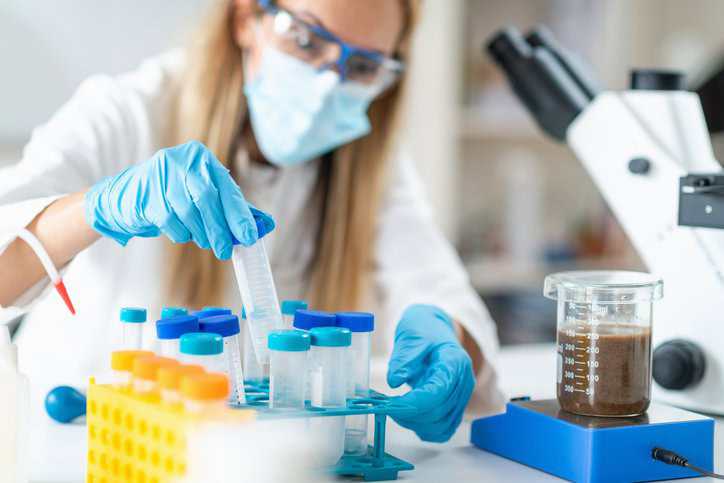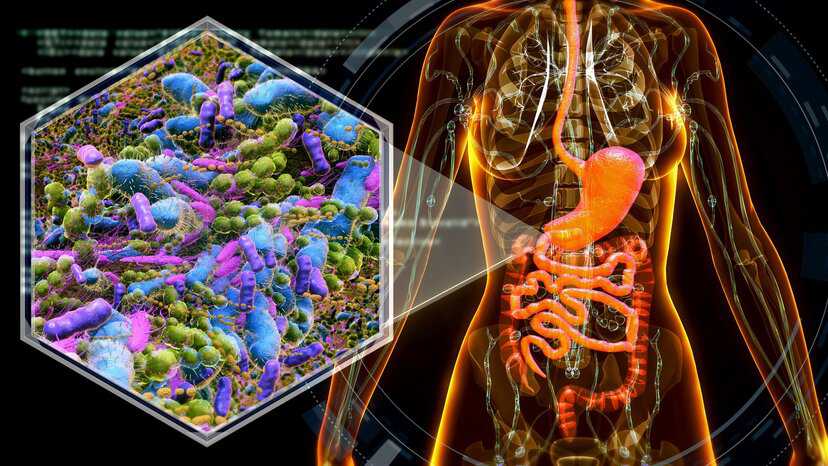ISO Standards in Gut Microbiome Research

We are quite literally full of bacteria. In fact, humans have more bacteria in their gut than cells in their body. The gut is thereby the richest ecosystem of microbes (microorganisms) in the human body and has tremendous influence on our health. The bacteria and other microbes in the gut helps with digestion, supports the immune system, and may linked to other benefits that are being researched. ISO standards help assure quality control for conducting microbiome research.
What Is Your Gut Microbiome?
A biome is a distinct ecosystem characterized by its environment and its inhabitants. The gut, which roughly refers to the gastrointestinal (GI) tract (most people use it to refer to the inside of the intestines), is a miniature biome. There is some gut microbiota in the stomach and small intestine, but most are located in the large intestine (colon). They float around inside or attach to the mucous lining on the inner walls (mucosa).
When we eat, our small intestine does the majority of work—meaning the gut breaks does the nutrients in our food that the body needs to thrive. The gut produces enzymes (proteins that act as catalysts) that help break down indigestible carbohydrates. By the time food leaves the small intestine, it will have absorbed 90% of all nutrients.
Moreover, the gut microbiome is defined as all the bacteria, viruses, fungi, archaea, parasites, and eukaryotes that inhabit the human body. It is a unique ecosystem of trillions of microscopic microbes in the digestive tract. In fact, there are 10x the number of microbial cells in the human gut than in the whole human body, totaling roughly 100 trillion microbes representing as many as 5,000 different species and weighing approximately 2 kilograms. Essentially, the gut microbiome plays a vital role in health, influencing everything from digestion to immunity and even mood.
Importance of the Microbiome
The gut microbiome interacts with many body systems and assists with many body functions. A healthy gut microbiome can reduce the risk of obesity, heart disease, diabetes, and cancer.
The microbiome is crucial for overall health because it aids in digestion, nutrient absorption, immune system function, and even influences brain health and disease risk. Studies have shown the gut microbiome’s impact on both physiological health and even mental health. A healthy gut microbiome controls gut health by communicating with the intestinal cells, digesting certain foods and preventing disease, causing bacteria from sticking to the intestinal walls.

What Is Microbiome Research?
Gut microbiome research investigates the complex community of microorganisms (bacteria, fungi, viruses, etc.) residing in the human gut and their impact to restore health and prevent disease. It investigates associations between gut microbiome composition and disease as well as the role for the gut microbiome plays influencing remote organs, mucosal, and immune function.
Microbiome research is often conducted in highly-regulated industries, such as foods, supplements, and pharmaceuticals, where various standards and regulations can apply.
International Standards for Microbiome Research
The International Organization for Standardization (ISO) is actively involved in developing standards relevant to microbiome research, including sample handling, DNA extraction, and sequencing methods. Here’s a more detailed breakdown of ISO standards in microbiome research:
- ISO 20688-1: Nucleic Acid Synthesis specifies minimum requirements for the production and quality control of synthesized oligonucleotides (nominally up to 250 bases). This document also describes general quality attributes for synthesized oligonucleotides as well as common methods for evaluating quality attributes. This standard focuses on nucleic acid synthesis, which is relevant to the development of reference reagents for microbiome research.
- ISO 5058-1: Genome Editing defines terms related to genome editing technology. This standard is applicable to general use of genome editing across species, which can be relevant to microbiome research.
- ISO 20395: qPCR and dPCR provides generic requirements for evaluating the performance and ensuring the quality of methods used for the quantification of specific nucleic acid sequences (targets). This standard focuses on qPCR and dPCR, which are relevant to microbiome research.
- ISO 11063: Direct Extraction of Soil DNA specifies a method for direct extraction of DNA from soil samples to analyze the abundance and composition of microbial communities by various techniques of molecular biology including real-time quantitative PCR (qPCR). The direct extraction of DNA from soil samples provides unique insight into the α- and β-diversity of microbial communities. This standard provides guidance on DNA extraction, a crucial step in microbiome research.
- ISO 15189: Quality and Competence of Medical Laboratories specifies requirements for quality and competence in medical laboratories. This standard focuses on the quality and competence of medical laboratories, including those involved in microbiome analysis. It covers aspects like sample handling, analytical processes, and reporting, which are all critical for ensuring the reliability of microbiome research results.
Microbiome research products should undergo strict quality control procedures to assure their purity and efficacy. The standardization of sample collection procedures, reference materials, and data are important for the quality assurance of microbiome research.






